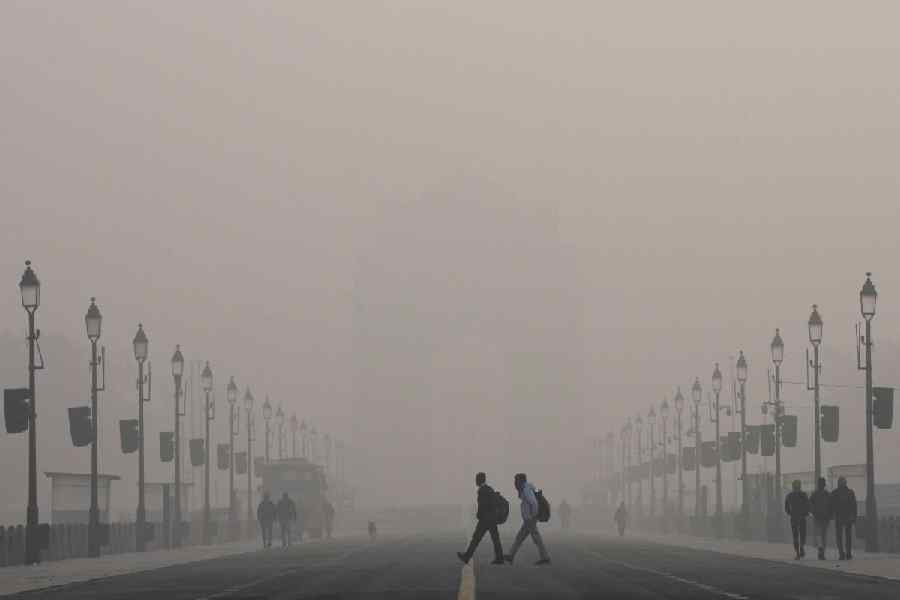World Bank is likely to revise its earlier projection of a 3.2 per cent contraction in the Indian economy because of the spread of the coronavirus and a deterioration in the financial sector and global conditions.
In the latest release of its biannual India Development Update, the bank asked the government to maintain its reform momentum to spur private investment and exports and reverse the current slowdown.
“Challenges have emerged in recent weeks which are likely to weigh on the prospects in the near term. These risks include the spread of the virus; a further deterioration in the global outlook; and additional strains projected on the financial sector.
“Keeping these factors in mind, a steeper contraction may be projected in the revised outlook that will be available in October 2020,” it said.
The World Bank had in May projected that the Indian economy will contract 3.2 per cent in 2020-21 (April 2020 to March 2021) and rebound slowly in the next financial year.
The bank’s projections are the most conservative estimate of the contraction. The IMF had said in June that the Indian economy would shrink 4.5 per cent but many others expect far steeper declines.
Various agencies and economists have given varying figures for India’s GDP contraction for 2020-21 and former Prime Minister Manmohan Singh had said even nominal GDP would contract and if it did, it would be the first time since 1947.
The World Bank report expects India’s debt-to-GDP ratio to climb to 89 per cent from 66 per cent. But India is a lot better off than most western economies, including the US and Japan. It has advised India’s policy makers to scale back the priority sector lending guidelines — capped currently at 40 per cent of all advances. Earlier this month, the ambit was widened to cover start-ups. It also calls for relaxation in institutional investment rules.
The World Bank said the fiscal deficit of the central government was likely to increase to 6.6 per cent of GDP in 2020-21 and is expected to remain elevated at 5.5 per cent in the following year. Assuming that the states’ deficit is contained within 3.5-4.5 per cent of GDP, the combined deficit could rise to around 11 per cent in the current fiscal.











